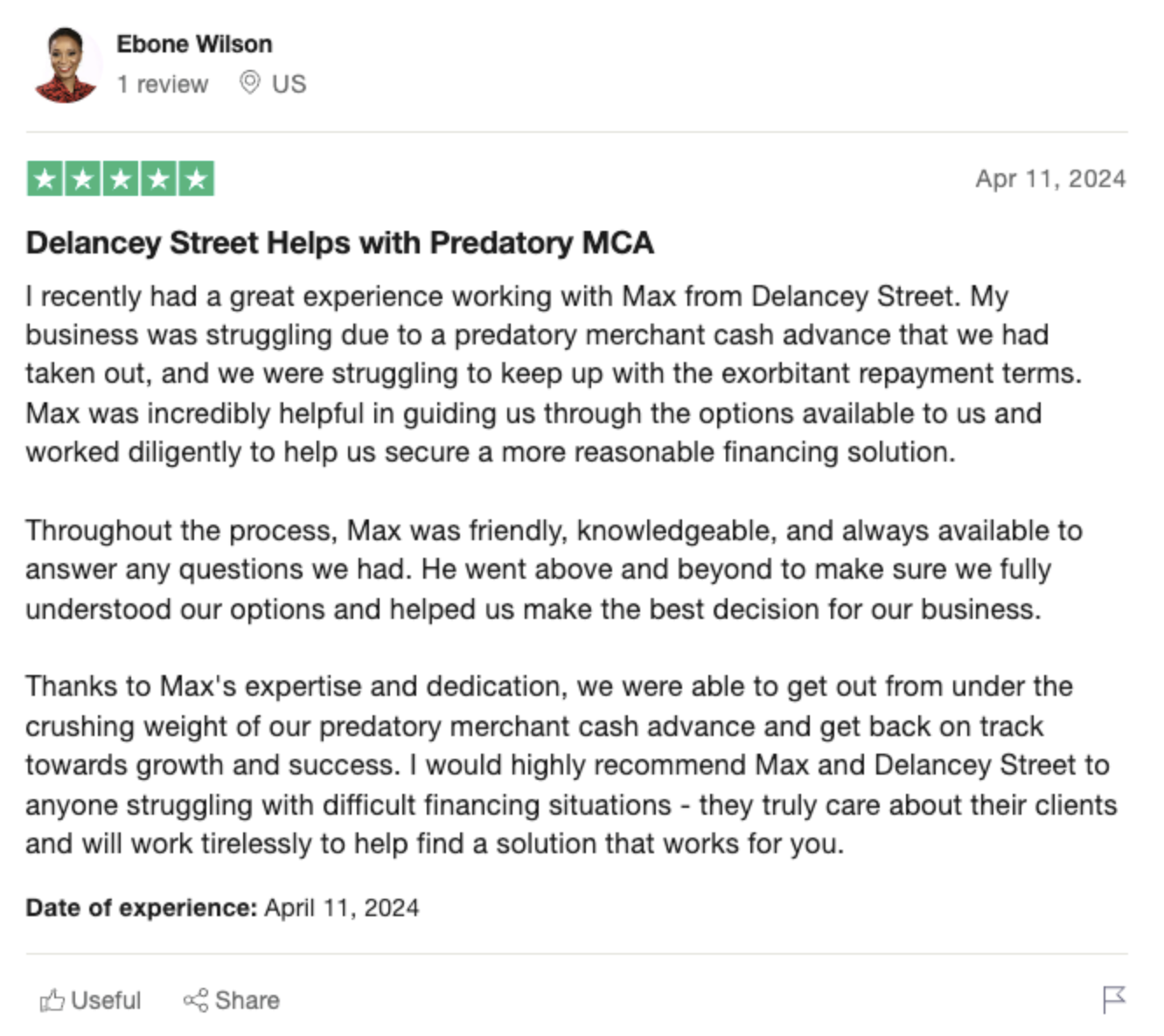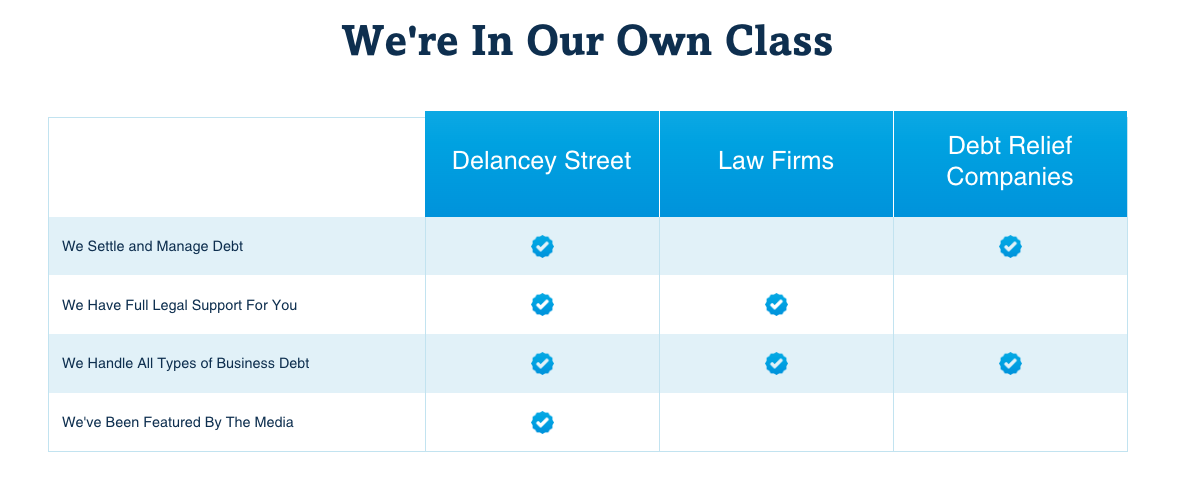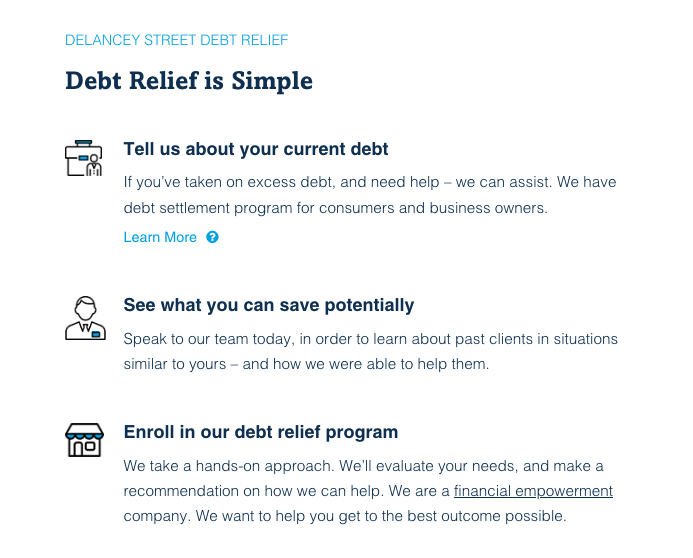What to Expect During Corporate Debt Restructuring
Going through a corporate debt restructuring can be a difficult and stressful time for any business. However, understanding the process and what to expect can help make it more manageable. This article provides an overview of the key phases and events you’re likely to encounter during a corporate debt restructuring.
Initial Assessment
The first step is usually an initial assessment of the company’s financial situation. This involves a detailed review of the business’s debts, assets, cash flow, and earnings. The goal is to determine the severity of financial distress and identify the main factors causing it.
 -
-Common causes of financial troubles leading to restructuring include:
- Declining sales and revenues
- Increased competition or obsolete products
- Poor cost control and overspending
- An economic downturn or recession
- High debt levels and interest costs
This assessment provides the basis for developing a restructuring plan. It identifies strengths to build on as well as problem areas to address.
Hiring Advisors
Once a company decides to undergo a debt restructuring, the next step is typically hiring expert advisors. These may include:
- Financial advisors: Help with assessing the business, planning, and negotiations.
- Restructuring lawyers: Provide legal advice and represent the company in talks.
- Turnaround management: Brings in outside expertise to improve business operations.
Hiring qualified and experienced advisors is key to successfully navigating the complex restructuring process. They offer vital guidance at every phase.
 -
-Preparing a Viability Plan
A viability plan aims to return the struggling company to financial health. Advisors help management develop a detailed plan setting out:
- Operational fixes: Such as reducing costs, improving efficiency and cash management.
- Financial restructuring: This involves negotiating with lenders and other creditors to change debt terms and payments. Typical approaches include debt for equity swaps, new loan agreements, or filing for bankruptcy protection.
- Future business plans: How the company will rebuild sales, profits and market position after restructuring.
The viability plan serves as the blueprint for corporate renewal moving forward. Lenders will assess it closely to decide whether the business is worth supporting through restructuring.
Negotiating with Creditors
Creditor negotiations are at the core of most debt restructurings. The company will first share financial data and its viability plan with major lenders and bondholders. This provides the basis for cooperative talks on changing debt contracts to ease the burden.
Key negotiation points typically include:
- Reduced interest rates and principal amounts owed
- Lengthening maturity dates
- Swapping debt for equity shares
- New financing and credit facilities
Getting creditors to agree often involves giving them more security over assets or a greater ownership stake. It requires demonstrating the viability plan is realistic. Progress depends on building consensus and compromise from all sides.
 -
-Seeking New Financing
Restructuring discussions often move in parallel with seeking new financing from existing or new investors. This helps provide working capital to keep operating during the process.
Additional financing could involve:
- Asset sales to generate cash
- Secured loans using inventory/receivables as collateral
- Private equity investments in return for partial ownership
- Issuing new shares or bonds with better terms
Obtaining even interim financing can be very difficult for struggling companies. Flexibility and creativity are needed to access required funds.
 -
-Filing for Bankruptcy Protection
If negotiations fail to gain sufficient creditor support, many companies turn to bankruptcy protection. This means filing a legal case under Chapter 11 rules to shield the business from creditors while working out a court-approved reorganization.
The main bankruptcy process includes:
- Automatic stay: Creditor collection actions halted during proceedings
- First day motions: Approvals needed to pay staff, suppliers etc. to maintain operations
- Debtor-in-possession (DIP) financing: New financing to fund daily business activities
- Disclosure statement: Detailed information on assets, debts, viability plan given to the court and creditors
- Reorganization plan voting: Negotiated settlements and restructuring plans put to creditor groups for approval
- Confirmation hearing: Seeking court confirmation of an accepted reorganization plan
- Emergence from bankruptcy: Implementing the legal agreements and operational changes enabling the company to exit Chapter 11
Bankruptcy shifts the dynamics towards a court-supervised compromise. But it still requires engagement with major creditors to reach agreement. And the business must continue improving its operations and finances during the case. So Chapter 11 is not an easy way out.
Implementing Operational Changes
While advisors and management negotiate with lenders, the business itself must execute planned operational changes. This usually involves aggressive cost cutting, efficiency drives, selling underperforming assets, changing suppliers, exiting unprofitable product lines and trimming staff.
Difficult yet vital workforce changes can include:
- Job cuts
- Pay freezes
- Reductions in hours/benefits
- Closures of departments or locations
- Layoffs of contractors and temporary staff
Implementing major operational fixes is crucial to meeting targets in the viability plan. This demonstrates commitment to creditors and the court during restructuring.
Reaching Commercial Agreements
Most corporate debt restructurings conclude with formal legal agreements between the company, creditors, owners and other parties. These binding contracts set out deal terms such as:
- Debt principal reductions and altered interest rates/maturities
- Debt-for-equity swaps giving lenders ownership stakes
- Cash payments from asset sales used to repay loans
- Bankruptcy reorganization plans approved by the court
- Commitments to future business strategy and financial targets
- Timelines for implementing changes
Reaching compromise agreements requires hard bargaining by the company and advisors. But cementing deals through enforceable contracts gives certainty on the path ahead.
Recovering Business Position
The last phase involves rebuilding the business after restructuring based on the commitments made. With creditor pressure eased and new financing in place, management can focus fully on operations.
Key steps usually include:
- Stabilizing cash flow and balance sheet
- Launching new products and marketing
- Finding new customers and markets
- Rehiring staff in growth areas
- Upgrading technology and equipment
- Restoring supplier and partner relationships
A successful turnaround takes years of consistent effort. But the major financial and legal hurdles will have been cleared through the restructuring process.
Getting Help From Experienced Attorneys
The restructuring attorneys at Smith & Associates LLP have decades of experience advising corporations of all sizes through debt workouts, creditor negotiations, and Chapter 11 reorganizations. We provide practical guidance tailored to your company’s needs at every phase.
Our expert team can help by:
- Reviewing your business finances to chart the best path forward
- Negotiating firmly but fairly with creditors to reach compromise settlements
- Obtaining critical interim financing from lenders
- Preparing and confirming effective bankruptcy reorganization plans
- Minimizing business disruption so you can renew operations
If your company faces financial difficulties or liquidity problems, please contact our restructuring lawyers for a free consultation. We’ll discuss options confidentially and explain how we can help guide you through the challenges ahead.
Resources
- How To Prepare for a Corporate Debt Restructuring – Video Overview
- Tips for Cutting Costs and Improving Efficiency During Restructuring – Article
- What is Chapter 11 Bankruptcy? – Useful Infographic
We hope this overview gives you a good understanding of the corporate debt restructuring process. While it involves difficult decisions and changes, many companies emerge healthier after working through it with expert guidance. Our legal team is here to discuss your situation and answer any other questions you may have.







